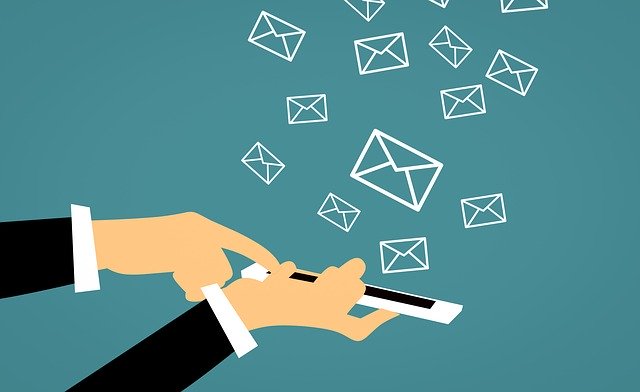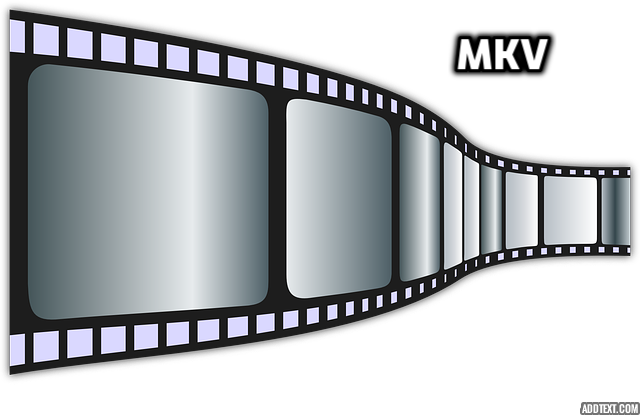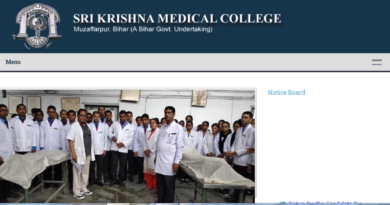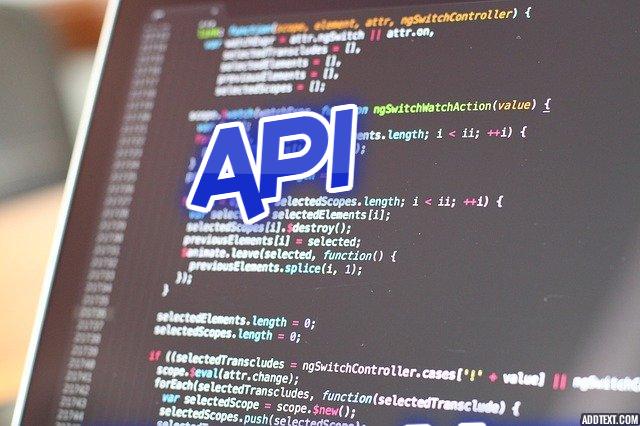sms ka full form kya hai sms full form
sms full form is short messaging
service
service
SMS (short message
service) may be a text electronic messaging service part of most phonephone,
Internet, and mobile device systems. It uses standardized communication
protocols to modify mobile devices to exchange short text messages. AN
negotiant service will facilitate a text-to-voice conversion to be sent to
landlines.[1] SMS was the foremost wide used information application at the tip
of 2010, with AN calculable three.5 billion active users, or regarding 80% of
all mobile subscribers.
service) may be a text electronic messaging service part of most phonephone,
Internet, and mobile device systems. It uses standardized communication
protocols to modify mobile devices to exchange short text messages. AN
negotiant service will facilitate a text-to-voice conversion to be sent to
landlines.[1] SMS was the foremost wide used information application at the tip
of 2010, with AN calculable three.5 billion active users, or regarding 80% of
all mobile subscribers.
SMS, as used on
fashionable devices, originated from radio telegraphy in radio memoranda pagers
that used standardized phone protocols. These were outlined in 1985 as a part
of the world System for Mobile Communications (GSM) series of standards.[2] the
primary SMS message was sent in 1992.[3]
fashionable devices, originated from radio telegraphy in radio memoranda pagers
that used standardized phone protocols. These were outlined in 1985 as a part
of the world System for Mobile Communications (GSM) series of standards.[2] the
primary SMS message was sent in 1992.[3]
The protocols allowed
users to send and receive messages of up to a hundred and sixty characters
(when entirely alpha-numeric) to and from GSM mobiles. though most SMS messages
are mobile-to-mobile text messages, support for the service has enlarged to
incorporate alternative mobile technologies, like ANSI CDMA networks and
Digital AMPS
users to send and receive messages of up to a hundred and sixty characters
(when entirely alpha-numeric) to and from GSM mobiles. though most SMS messages
are mobile-to-mobile text messages, support for the service has enlarged to
incorporate alternative mobile technologies, like ANSI CDMA networks and
Digital AMPS
sms
full form is short messaging service and
history
Adding text electronic
messaging practicality to mobile devices began within the early Eighties. the
primary action set up of the CEPT cluster GSM was approved in December 1982,
requesting that “The services and facilities offered within the public
switched phonephone networks and public information networks … ought to be
out there within the mobile system.” This set up enclosed the exchange of
text messages either directly between mobile stations, or transmitted via
message handling systems in use at that point.
messaging practicality to mobile devices began within the early Eighties. the
primary action set up of the CEPT cluster GSM was approved in December 1982,
requesting that “The services and facilities offered within the public
switched phonephone networks and public information networks … ought to be
out there within the mobile system.” This set up enclosed the exchange of
text messages either directly between mobile stations, or transmitted via
message handling systems in use at that point.
The SMS construct was
developed within the Franco-German GSM cooperation in 1984 by Friedhelm Hillebrand
and Bernard Ghillebaert. The GSM is optimized for telephone, since this was
known as its main application. The key plan for SMS was to use this
telephone-optimized system, and to move messages on the signalling methods
required to regulate the
developed within the Franco-German GSM cooperation in 1984 by Friedhelm Hillebrand
and Bernard Ghillebaert. The GSM is optimized for telephone, since this was
known as its main application. The key plan for SMS was to use this
telephone-optimized system, and to move messages on the signalling methods
required to regulate the
phonephone traffic during
times once no signalling traffic existed. during this method, unused resources
within the system might be wont to transport messages at smallest value.
However, it absolutely was necessary to limit the length of the messages to 128
bytes (later improved to a hundred and sixty seven-bit characters) in order
that the messages may work into the present signalling formats. supported his
personal observations and on analysis of the standard lengths of post card and
Telex messages, Hillebrand argued that a hundred and sixty characters was ample
to specific most messages compactly.
times once no signalling traffic existed. during this method, unused resources
within the system might be wont to transport messages at smallest value.
However, it absolutely was necessary to limit the length of the messages to 128
bytes (later improved to a hundred and sixty seven-bit characters) in order
that the messages may work into the present signalling formats. supported his
personal observations and on analysis of the standard lengths of post card and
Telex messages, Hillebrand argued that a hundred and sixty characters was ample
to specific most messages compactly.
SMS might be enforced in
each mobile station by change its software system. Hence, an outsized base of
SMS-capable terminals and networks existed once individuals began to use SMS. a
brand new network part needed was a specialised short message service centre,
and enhancements were needed to the radio capability and network transport
infrastructure to accommodate growing SMS traffic.
each mobile station by change its software system. Hence, an outsized base of
SMS-capable terminals and networks existed once individuals began to use SMS. a
brand new network part needed was a specialised short message service centre,
and enhancements were needed to the radio capability and network transport
infrastructure to accommodate growing SMS traffic.
The technical development of SMS was a transnational
collaboration supporting the framework of standards bodies. Through these
organizations the technology was created freely on the market to the complete
world.
collaboration supporting the framework of standards bodies. Through these
organizations the technology was created freely on the market to the complete
world.
The first proposal that initiated the event of SMS was
created by a contribution of European country and France into the GSM cluster
meeting in Gregorian calendar month 1985 in capital of Norway.[13] This
proposal was additional careful in GSM subgroup WP1 Services (Chairman Martine
Alvernhe, France Telecom) supported a contribution from European country.
created by a contribution of European country and France into the GSM cluster
meeting in Gregorian calendar month 1985 in capital of Norway.[13] This
proposal was additional careful in GSM subgroup WP1 Services (Chairman Martine
Alvernhe, France Telecom) supported a contribution from European country.
there have been conjointly initial discussions within the
subgroup WP3 network aspects chaired by Jan Audestad (Telenor).
subgroup WP3 network aspects chaired by Jan Audestad (Telenor).
The result was
approved by the most GSM cluster during a Gregorian calendar month ’85 document
that was distributed to trade.[14] The input documents on SMS had been ready by
Friedhelm Hillebrand (Deutsche Telekom) with contributions from Bernard
Ghillebaert (France Télécom). The definition that Friedhelm Hillebrand and
Bernard Ghillebaert brought into GSM required the supply of a message
transmission service of alphanumerical messages to mobile users “with
acknowledgement capabilities”. The last 3 words reworked SMS into one
thing far more helpful than the prevailing electronic communication paging that
some in GSM may need had in mind.[15]
approved by the most GSM cluster during a Gregorian calendar month ’85 document
that was distributed to trade.[14] The input documents on SMS had been ready by
Friedhelm Hillebrand (Deutsche Telekom) with contributions from Bernard
Ghillebaert (France Télécom). The definition that Friedhelm Hillebrand and
Bernard Ghillebaert brought into GSM required the supply of a message
transmission service of alphanumerical messages to mobile users “with
acknowledgement capabilities”. The last 3 words reworked SMS into one
thing far more helpful than the prevailing electronic communication paging that
some in GSM may need had in mind.[15]
SMS was thought-about within the main GSM cluster as a
attainable service for the new digital cellular system. In GSM document
“Services and Facilities to be provided within the GSM System,”[2]
each mobile-originated and mobile-terminated short messages seem on the table
of GSM teleservices.[citation needed]
attainable service for the new digital cellular system. In GSM document
“Services and Facilities to be provided within the GSM System,”[2]
each mobile-originated and mobile-terminated short messages seem on the table
of GSM teleservices.[citation needed]
The discussions on the GSM services were complete within
the recommendation GSM 02.03 “TeleServices supported by a GSM
PLMN.”[16] Here a rudimentary description of the 3 services was given:
the recommendation GSM 02.03 “TeleServices supported by a GSM
PLMN.”[16] Here a rudimentary description of the 3 services was given:
Short message mobile-terminated (SMS-MT)/ Point-to-Point:
the power of a network to transmit a brief Message to a itinerant. The message
is sent by phone or by a software system application.
the power of a network to transmit a brief Message to a itinerant. The message
is sent by phone or by a software system application.
Short message mobile-originated (SMS-MO)/ Point-to-Point:
the power of a network to transmit a brief Message sent by a itinerant. The
message is sent to a phone or to a software system application.
the power of a network to transmit a brief Message sent by a itinerant. The
message is sent to a phone or to a software system application.
The material careful in GSM and its WP1 subgroup was
bimanual over in Spring 1987 to a replacement GSM body referred to as IDEG (the
Implementation of knowledge and Telematic Services consultants Group), that had
its kickoff in might 1987 underneath the position of Friedhelm Hillebrand
(German Telecom). The technical customary well-known nowadays was for the most
part created by IDEG (later WP4) because the 2 recommendations GSM 03.40 (the 2
point-to-point services merged) and GSM 03.41 (cell broadcast).[citation
needed]
bimanual over in Spring 1987 to a replacement GSM body referred to as IDEG (the
Implementation of knowledge and Telematic Services consultants Group), that had
its kickoff in might 1987 underneath the position of Friedhelm Hillebrand
(German Telecom). The technical customary well-known nowadays was for the most
part created by IDEG (later WP4) because the 2 recommendations GSM 03.40 (the 2
point-to-point services merged) and GSM 03.41 (cell broadcast).[citation
needed]
WP4 created a Drafting cluster Message Handling (DGMH),
that was answerable for the specification of SMS. Finn Trosby of Telenor
chaired the draft cluster through its initial three years, within which the
planning of SMS was established. DGMH had 5 to eight participants, and Finn
Trosby mentions as major contributors Kevin Holley, Eija Altonen, Didier
Luizard and Alan Cox. the primary action arrange mentions for the first time
the Technical Specification 03.40 “Technical Realisation of the Short
Message Service”. accountable editor was Finn Trosby.
that was answerable for the specification of SMS. Finn Trosby of Telenor
chaired the draft cluster through its initial three years, within which the
planning of SMS was established. DGMH had 5 to eight participants, and Finn
Trosby mentions as major contributors Kevin Holley, Eija Altonen, Didier
Luizard and Alan Cox. the primary action arrange mentions for the first time
the Technical Specification 03.40 “Technical Realisation of the Short
Message Service”. accountable editor was Finn Trosby.
the primary and
extremely rudimentary draft of the technical specification was completed in Nov
1987.[18] but, drafts helpful for the makers followed at a later stage within
the amount. A comprehensive description of the add this era is given in.[19]
extremely rudimentary draft of the technical specification was completed in Nov
1987.[18] but, drafts helpful for the makers followed at a later stage within
the amount. A comprehensive description of the add this era is given in.[19]
The work on the draft specification continued within the following couple of years,
wherever Kevin Holley of Cellnet (now Telefónica O2 UK) vie a number one role.
Besides the completion of the most specification GSM 03.40, the elaborate protocol
specifications on the system interfaces conjointly required to be completed
wherever Kevin Holley of Cellnet (now Telefónica O2 UK) vie a number one role.
Besides the completion of the most specification GSM 03.40, the elaborate protocol
specifications on the system interfaces conjointly required to be completed






Generally I do not read post on blogs, but I wish to say that this write-up very forced me to try and do it! Your writing style has been amazed me. Thanks, very nice post.
I think this is a real great blog post. Want more.